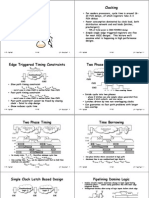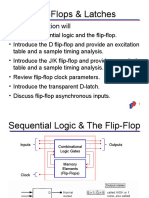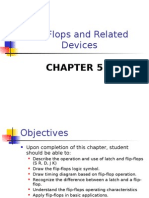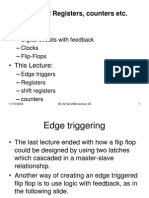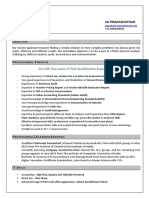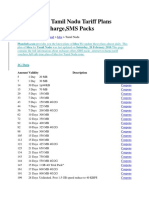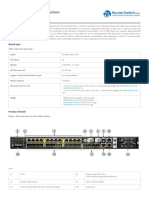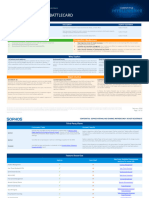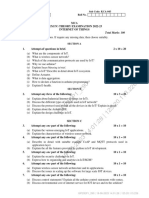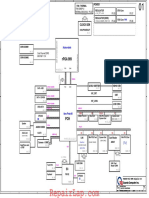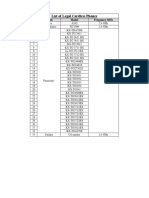0% found this document useful (0 votes)
63 views8 pages6004 Spring 1998: L10: Clocking and The Dynamic Discipline
This document discusses timing constraints and clocking issues for sequential circuits using latches and flip-flops. It explains that edge-triggered flip-flops require setup and hold times to be met, while level-sensitive latches can have races if the hold time constraint is violated. The document also discusses clock period constraints, effects of clock skew, and issues with asynchronous inputs. It provides the instructor's contact information.
Uploaded by
mohammed zubairCopyright
© © All Rights Reserved
We take content rights seriously. If you suspect this is your content, claim it here.
Available Formats
Download as PDF, TXT or read online on Scribd
0% found this document useful (0 votes)
63 views8 pages6004 Spring 1998: L10: Clocking and The Dynamic Discipline
This document discusses timing constraints and clocking issues for sequential circuits using latches and flip-flops. It explains that edge-triggered flip-flops require setup and hold times to be met, while level-sensitive latches can have races if the hold time constraint is violated. The document also discusses clock period constraints, effects of clock skew, and issues with asynchronous inputs. It provides the instructor's contact information.
Uploaded by
mohammed zubairCopyright
© © All Rights Reserved
We take content rights seriously. If you suspect this is your content, claim it here.
Available Formats
Download as PDF, TXT or read online on Scribd
/ 8


